 |
| Hippeastrum 'Gervase' |
For as much as I dread winter every year, there are some things about it that I look forward to. Thanksgiving. Christmas. Fluffy snowfalls. The smell of winter air. Curling up on the sofa with a blanket, a kitty, and a good book.
And amaryllis.
Gardening continues for me, in spite of the outside gardens going dormant during the winter months. I've got plenty of houseplants to keep me busy, both in the house and in the conservatory. Most of those simply need to be watered, but I'll pot up my collection of amaryllis all winter long and have beautiful blooms from winter through spring.
Even though I get a few new bulbs each autumn, I save the bulbs from previous years, growing them outside over the summer. This year, I set aside a specific area for growing them, using galvanized aluminum firepit rings.
I plant them, making sure to keep part of the top of the bulb exposed, and let them do their thing. Usually one or two of them will reward me with a bloom stalk sometime during the summer.
 |
This is where my amaryllis bulbs lived for the summer,
before I dug them up just before first frost. |
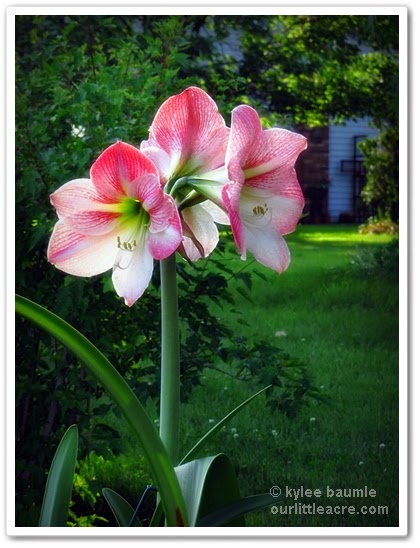 |
| 'Apple Blossom' bloomed outside in June. |
Before first frost, I trim away the foliage, dig them back up and store them in the cool, dark basement until I'm ready to pot them up again.
New to my collection this year are 'Lagoon', a deep pink variety, and 'Magnum', which is red. 'Lagoon' is already potted up and beginning to grow and I put 'Magnum' in its container today.
For the last three years, Longfield Gardens has sent a free amaryllis planting kit to me and being the amaryllis-crazed gardener that I am, I've really enjoyed this surprise gift.
Longfield's bulbs are some of the largest I've ever seen and a larger bulb means more blooms. Last year's Longfield bulb produced three flower stalks, and of the nearly 100 amaryllis bulbs I've grown, that was a first for me.
 |
This year's amaryllis kit from Longfield Gardens contained a large 'Magnum'
bulb, potting medium, a plastic-lined "bird's nest" basket, and Spanish
moss for top-dressing the container. |
Potting them up is easy:
• Choose a container just a little larger than the bulb. Amaryllis like it snug. The heavier the container, the better, because by the time it blooms, it's going to be top-heavy. I use a fairly inconspicuous plant support like
this one to give the flower stalk stability once it gets some height to it.
• Most bulbs like very well-draining soil, and this is especially important when planting in a container. I like to use a potting mix designed for cacti (which also need good drainage) when potting up my amaryllis and I make sure that there's a drainage hole in the bottom of the container. Soggy soil encourages bulb rot and fungus gnats and you don't want that! If the container you want to use doesn't have a drainage hole, you'll need to be extra vigilant about not overwatering.
• Make sure that you leave the top fourth of the bulb exposed when firming up the soil around the bulb.
Water thoroughly but don't water again until you see signs of growth. Thereafter, only water when the top inch or so of soil is dry to the touch. Err on the side of underwatering if you aren't sure.
I use
Haven Brand Compost Tea for watering all my houseplants and the amaryllises are no exception. It's nearly impossible to overfeed them when using this natural, organic product.
Tips
- Some amaryllis will have the flower stalk appear first and foliage later. Others will do just the opposite.
- Amaryllis make great cut flowers. In fact, the blooms tend to last longer when cut and put into a vase of water. Be sure to change the water daily though.
- You can keep your amaryllis bulbs from year to year. Continue to care for the plant in its container, or do like I do and plant them outside for the summer, after all danger of frost is past. Grow them on throughout the summer, then cut back and dig up before first fall frost.
Here's a short video featuring some of the amaryllis blooms from my amaryllis collection over the years:
Want an amaryllis of your very own?
Now that you know how to grow them, guess what?
Longfield Gardens wants to send a
'Red Lion' amaryllis bulb to one of my readers! And Annie Haven provided some extra
Moo Poo Tea in with my last order, so I'll send the winner a 3-pack of that as well.
Here's what you need to do to be entered:
1. Leave a comment on this blog post, telling me about your amaryllis experience. (Have you grown them? If so, what is your favorite one? Do you keep your bulbs from year to year?)
AND
2. Fill out the Rafflecopter form below with your contact information. I'll use this when choosing a random winner and to contact you if you're the lucky one.
Enter by midnight EST next Sunday night, November 30th and a winner will be chosen on Monday.
a Rafflecopter giveaway
WINNER! Rafflecopter has spoken!
Lona B. is the lucky winner of the giveaway and has been notified. Thanks to all who entered and commented. Look for amaryllis bulbs in your garden centers now!
But wait! There's MORE!
My friends Dee Nash of
Red Dirt Ramblings® and Robin Haglund of
Garden Mentors are each giving away a bulb from Longfield Gardens and some Moo Poo Tea too! Robin is a new amaryllis grower and I love her excitement and enthusiasm over it. Dee is a veteran grower like me and has grown some beautiful varieties. Check them out and triple your chances at winning a bulb and some Moo Poo goodness:
Garden Mentors - "
Amaryllis Advent Calendar"
Red Dirt Ramblings® - "
Growing Amaryllis is Easy"
If you want to read more about my Adventures in Amaryllis, here are some links to earlier posts about them:








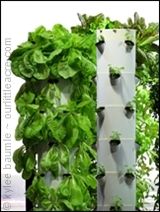



































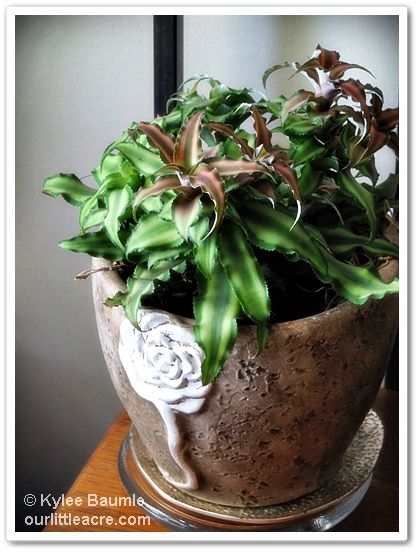


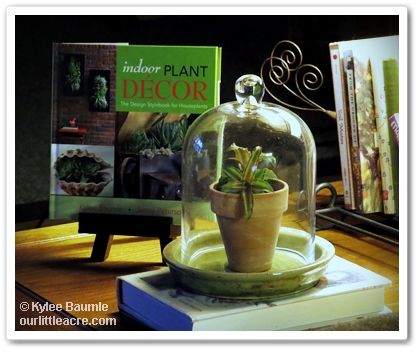
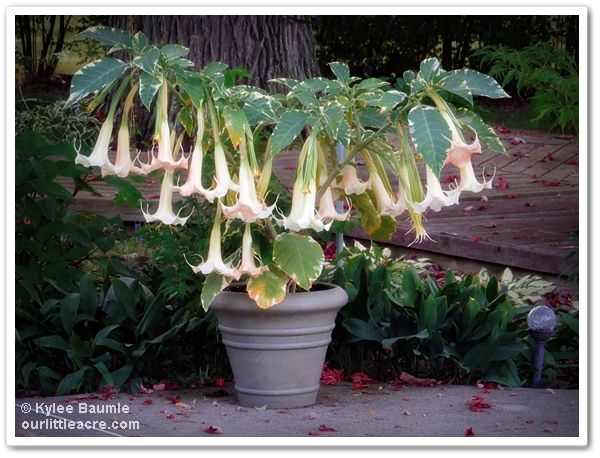
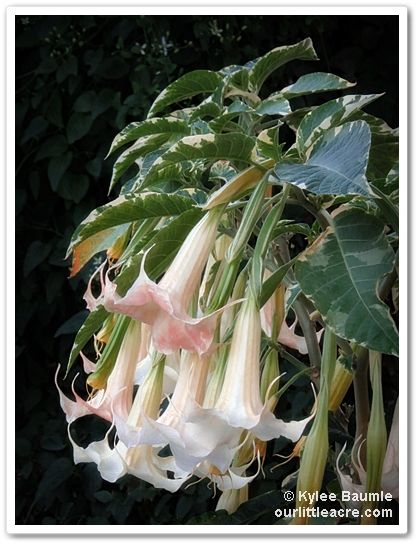

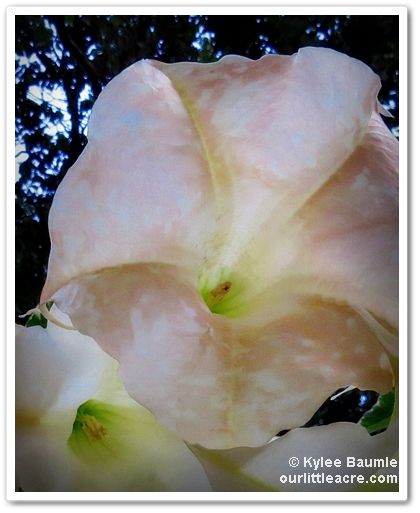
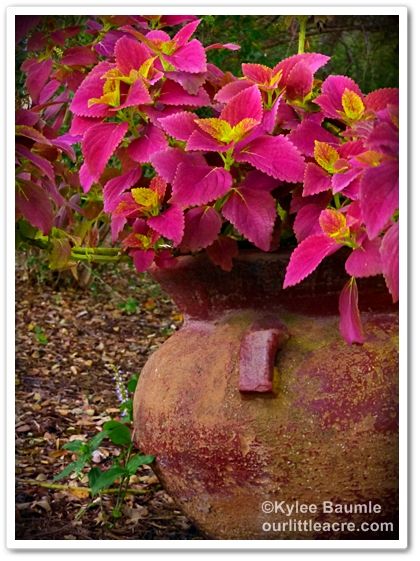
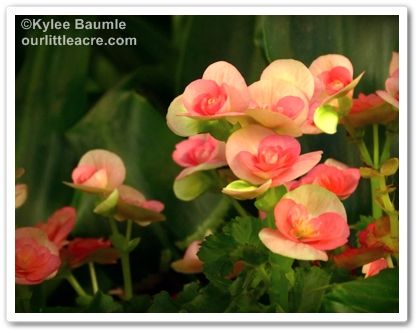

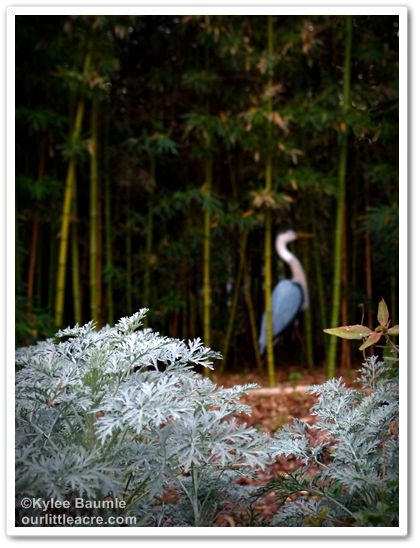
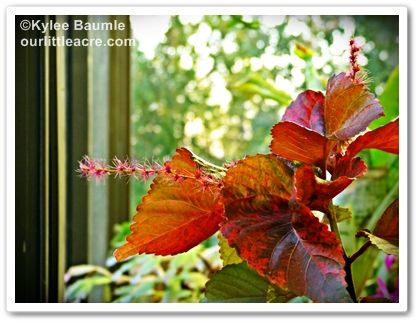
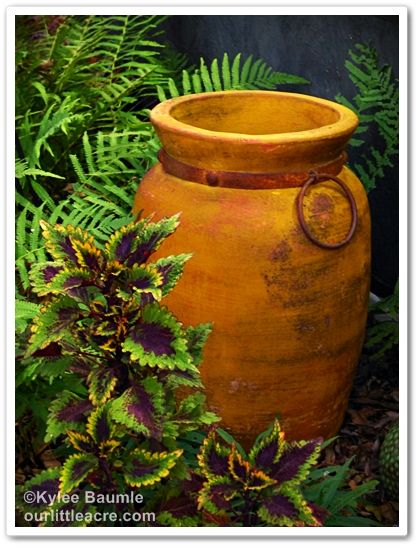
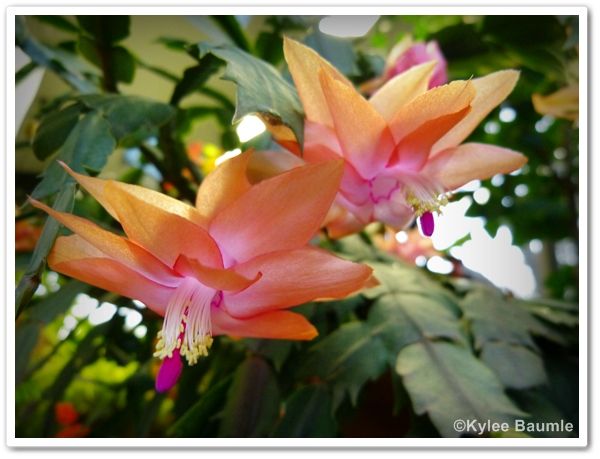
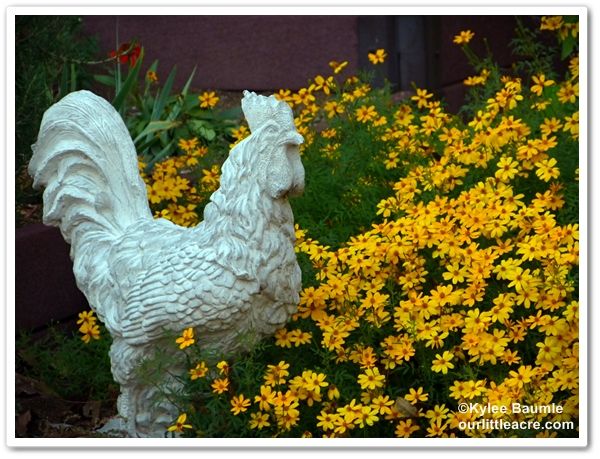
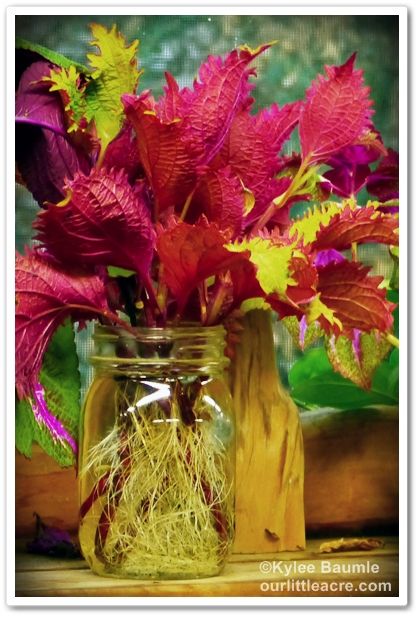

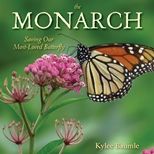





 "Bejeweled"
"Bejeweled"


